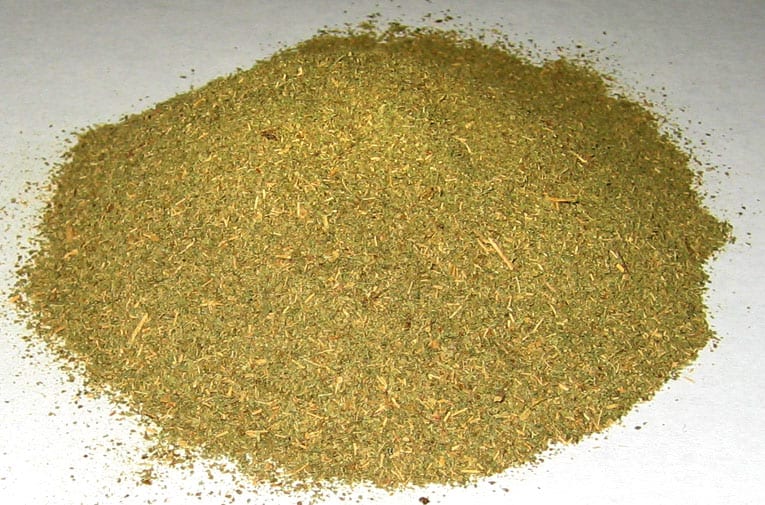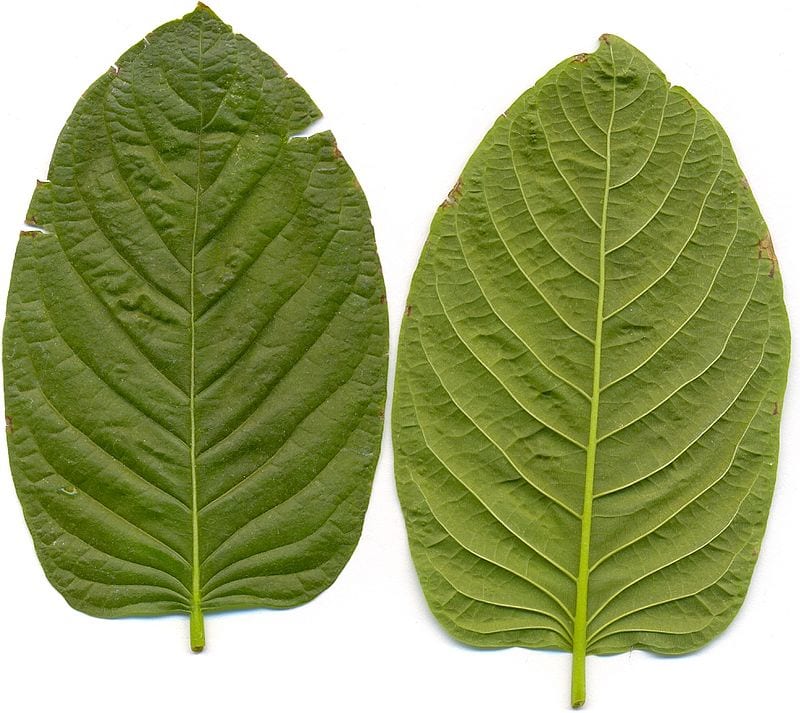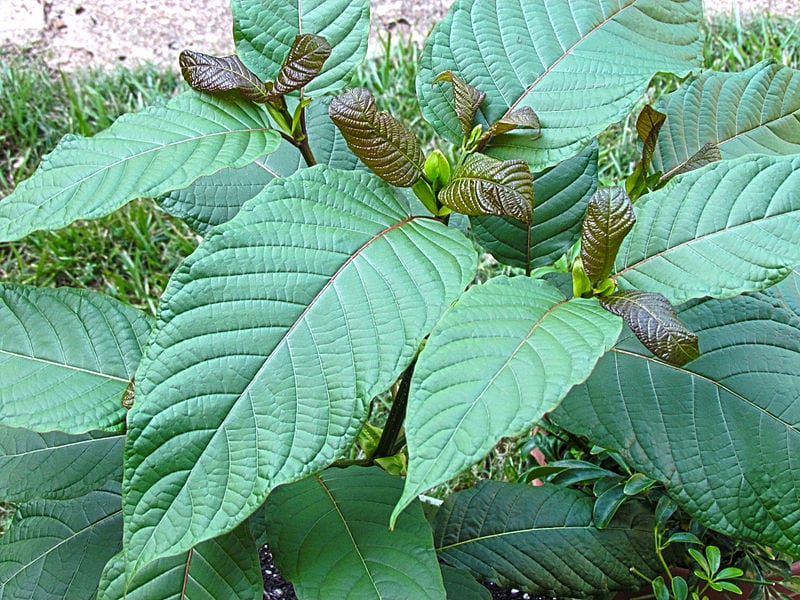Kratom is an herbal supplement derived from a psychoactive Southeast Asian plant, one that some people believe or claim has therapeutic benefits.
But between July 2016 and December 2017, the CDC reported that around 91 people died after accidentally taking too much of the derivative.

Image Credit: Wikipedia
In low doses, the active chemical mitragynine produces a stimulant effect, but at higher doses it’s effects begin to resemble those of opioids instead, affecting the same brain receptors as morphine – which exposes users to risks like addiction, abuse, and dependence.
The FDA issued a health advisory urging people to stop using kratom, and a comprehensive review found that though the drug is sometimes used as a substitute for people addicted to opioids, it can actually subject users to similar withdrawal symptoms.

Image Credit: Wikipedia
The FDA adds that there are no approved uses for kratom. It should therefore not be used to treat medical conditions or as an alternative to prescription opioids.
“There is no evidence to indicate that kratom is safe or effective for any medical use. And claiming that kratom is benign because it’s ‘just a plant’ is shortsighted and dangerous.”

Image Credit: Wikipedia
In determining how many (if any) deaths have resulted from kratom use, the CDC analyzed State Unintentional Drug Overdose Reporting System data and found that, between 2011 and 2017, 1807 calls came in concerning potential poisonings that eventually were blamed on kratom use.
The supplement was determined to be the cause of death in 60% of kratom overdose cases, though many of those who died also had fentanyl (65%) and/or heroin (33%) in their system as well.

Image Credit: Wikipedia
The CDC is particularly concerned about the fact that 80% of the overdose cases involved people with a history of substance abuse, while 90% of them were not under a doctor’s care for a supervised pain treatment.
Which means that people who are nursing addictions to opioids are aware of kratom and are using it to supplement or replace other supply lines – another avenue of concern in the ongoing opioid crisis in America.






